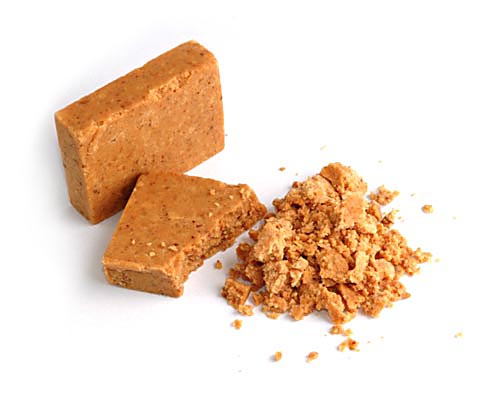Facts About Paçoca
Paçoca is a cherished Brazilian confection that combines ground peanuts, sugar, and a touch of salt. It is a staple in Caipira cuisine, particularly favored in the southeastern states of São Paulo and Minas Gerais. This treat is especially enjoyed during the festive June celebrations known as Festa Junina, which honor rural traditions. With its crumbly texture and sweet flavor, Paçoca has become a favorite among Brazilians.
The history of Paçoca dates back to Colonial Brazil, though its true origins can be traced to recipes from indigenous Brazilian peoples who mixed cassava flour with various ingredients. The word "paçoca" is derived from the Tupi term "posok" which means "to crumble" or "to shatter." Interestingly, there is also a savory dish called paçoca, which uses cassava flour and sun-dried beef, differing from the candy version that includes peanuts and sugar.
Traditionally, making Paçoca involved roasting peanuts, grinding the ingredients in a mortar (known as a pilão), and then shaping the mixture into squares or cylindrical pieces. Today, modern methods employ industrial blenders, and the candy is available in various shapes.
There are even different types of Paçoca to cater to diverse preferences, including sugar-free versions and those with a higher peanut concentration. Despite these variations, Paçoca remains a treasured confection in Brazil, beloved for its unique taste and cultural significance.

 Guyana
Guyana